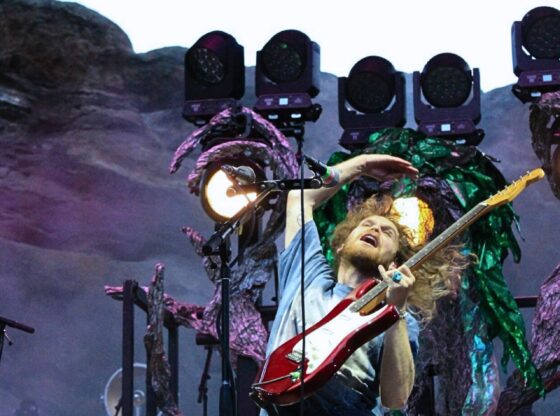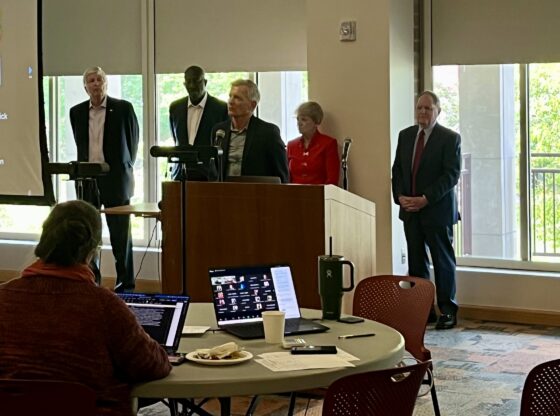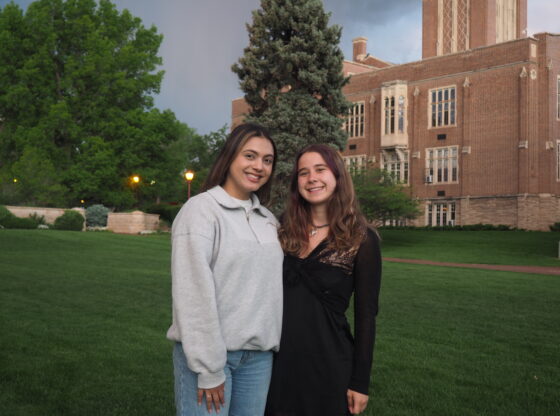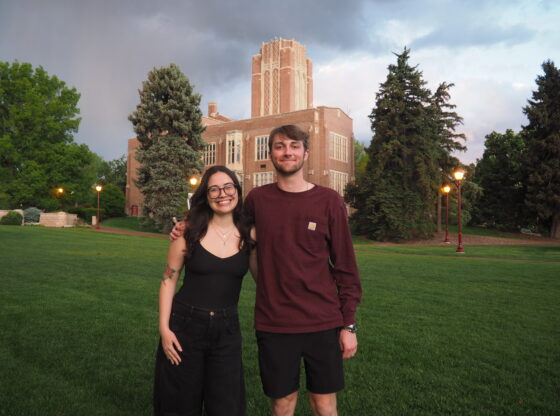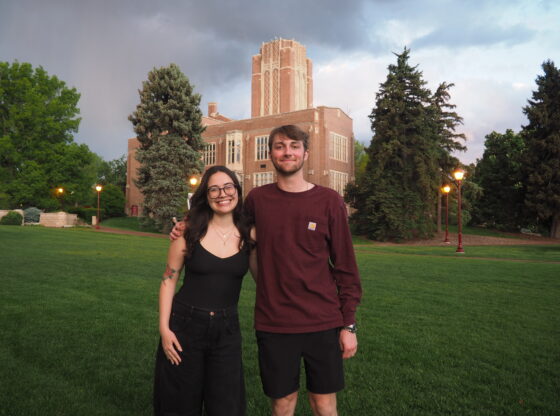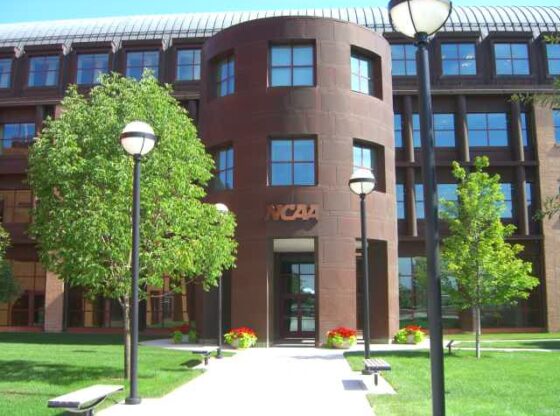It looks just like any other home in the quiet residential area of Golden, but if you take a close look at its electricity meter you see that something is different: the meter is turning backwards!
When the solar power system on the roof of Don Cameron’s house provides more electricity than is used, Cameron sells electricity back to Xcel Energy instead of buying it.
Cameron’s home is one of the 39 buildings that were featured in the Denver-Boulder Tour of Solar and Green Built Homes. The tour was part of the 8th Annual National Solar Tour with more than 1,200 homes, businesses and public buildings open to visitors across the United States.
Participants of the self-guided tour visited homes that are constructed in ways that protect the environment and utilize natural clean renewable energy. In addition, visitors had the opportunity to meet directly with the home owners who are reducing their energy bills by employing technology that utilizes renewable energy.
The tour, which was sponsored by the Colorado Renewable Energy Society (CRES) and the Center for Resource Conservation (CRC), featured Denver and Boulder homes last month.
The Denver tour started at the National Renewable Energy Laboratory (NREL) in Golden. Visitors could register at NREL’s Visitor Center throughout the morning and were given maps and background material. A short briefing on energy efficiency and active and passive solar systems was given before the visitors were sent off to visit the solar homes.
Active solar systems include solar electric devices (photovoltaic systems) and solar thermal devices for air and water heating. As opposed to those active systems, passive solar systems do not employ any mechanical means to utilize solar energy. Instead, the design of the home maximizes the energy harvested from the sun with standard construction features; orientation, insulation and placement of windows are key features in passive solar design. “For example, windows facing north are incredibly inefficient,” said Pat Keegan, Executive Director of the Colorado Energy Science Center. “Removing them and putting them on the south side of the house improves energy efficiency tremendously. Passive solar design is a great way to save energy, and it might not cost you anything extra, if you are just building a home.”
To find out how energy efficient your home is you can have professionals perform an energy audit, costing $200 to $400. Investing into technology that makes your home more energy efficient has become more valuable than ever said Keegan.
During the tour, visitors could learn from homeowners how to successfully use many forms of renewable energy systems.
Don Cameron, a teacher at the University of Denver high school, has been saving about 30 percent in electricity cost and gas usage since he implemented active and passive solar design systems in his home. Cameron, who learned about solar design from a seminar at NREL, has a contract with Xcel Energy that it based on the principle of “net metering.” Net metering laws require the utility companies to pay the customer the same retail price for their home-generated renewable electricity as they are being charged. When his solar power system provides less energy than he uses, he draws electricity from public service. But when his system provides his home with more energy than he uses, he is putting the excess energy into public service and his electricity meter turns backward.
For visitors interested in learning more, the Colorado Energy Science Center (CESC) in Golden sponsored consumer workshops the week before and after the tour. But even if you missed this event you will still have plenty of opportunities to learn about renewable energy and how to generate it for your own home, because CESC is offering workshops and seminars for consumers year round.
For information on workshops visit www.energyscience.org or contact the Colorado Energy Science Center at 1767 A Denver West Blvd., Suite 49, Golden, CO 80401.



